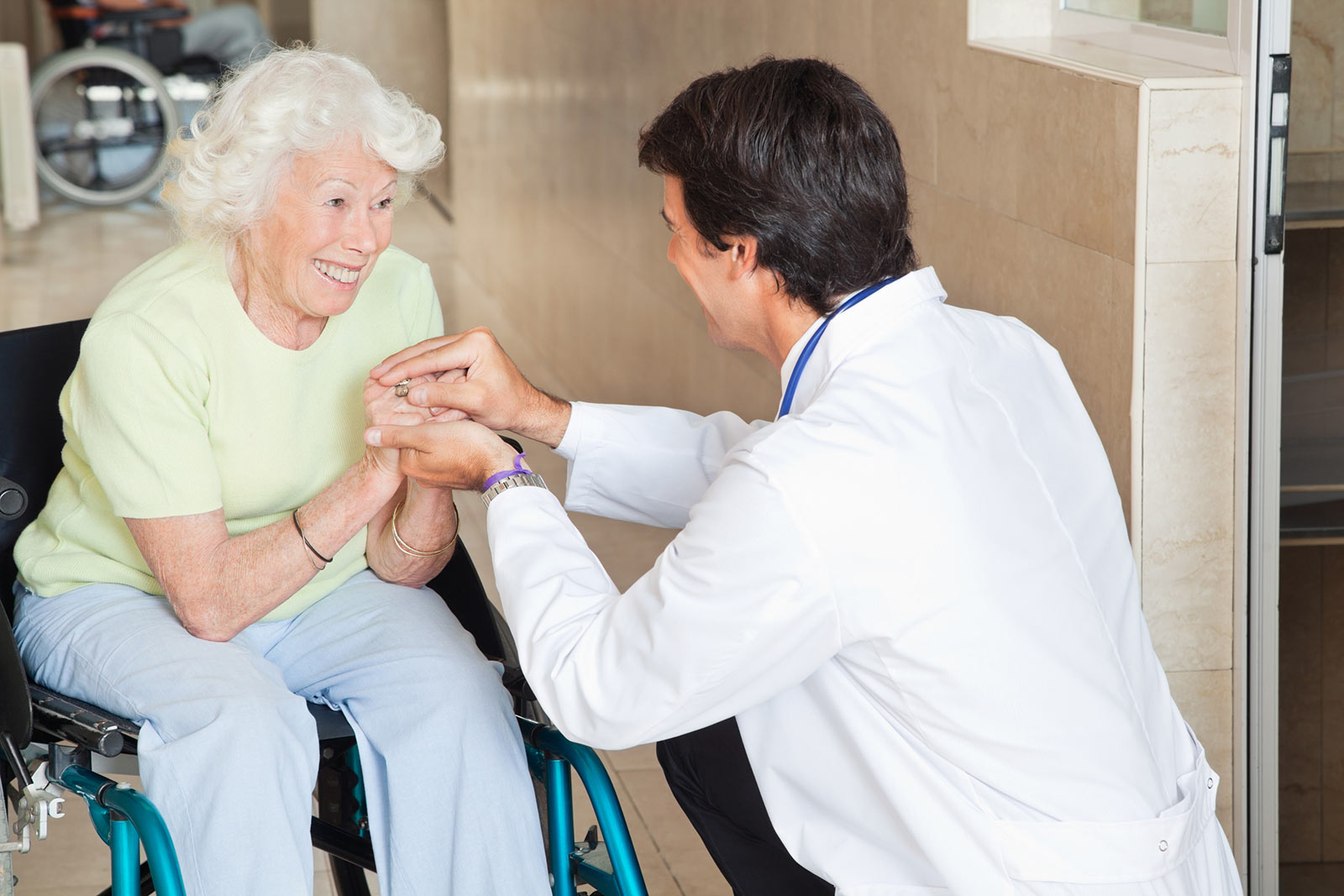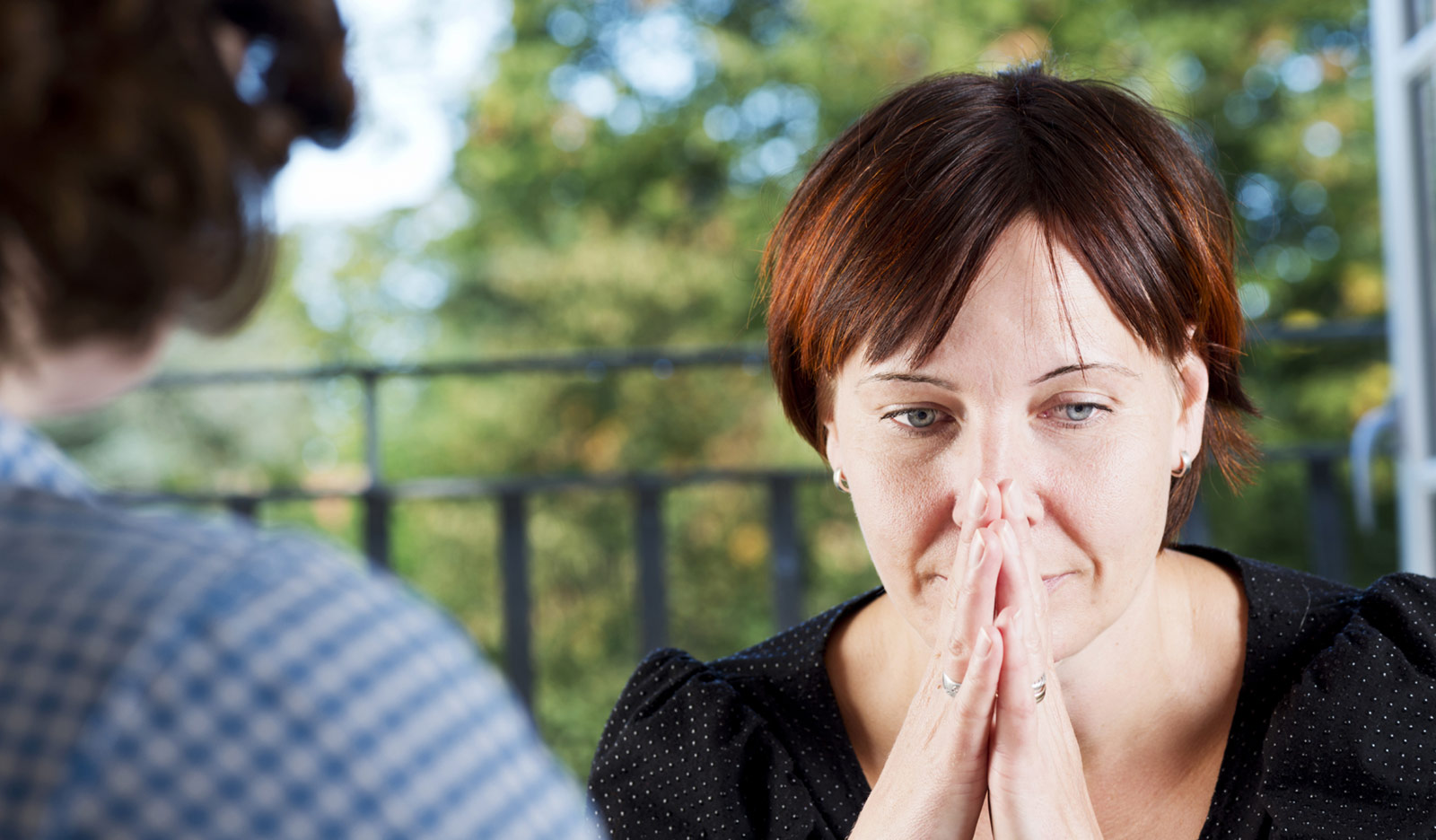Rehabilitation services offer short-term stays in nursing facilities for those requiring around-the-clock rehabilitative care. It is not a permanent living arrangement. The goal of a rehabilitation stay is to return a senior to health after:
- illness
- injury
- surgery
- accident
Upon release from rehab, your loved one should have regained some level of independence, be able to return to their previous home, perhaps with a few accommodations.
Rehabilitation stays are not a permanent living arrangement.
Services
Rehabilitation facilities may vary in the services they offer – however, the main goal is to return the patient to some level of health. Services such as:
- nursing care
- physical therapy
- occupational therapy
Specialization
Rehabilitation programs are surveyed often by state boards or other agencies. It’s a good idea to look research the programs being considered before your elder loved one is admitted. These surveys are available online.
Preparation
- Medicare usually pays for rehabilitative care for a six-week stay; double check.
- Rehabilitation facilities are typically recommended by hospitals, however, you can request a facility of choice.
- Understand the doctors’ prognoses and recommendations for ongoing treatment.
- Create a list of medical doctors involved, their diagnosis and prescribed medications.
- Define special dietary requirements or other specific needs.
- Clearly define your budget in order to make realistic decisions about accommodations.
- Because laundry is usually done in bulk, make sure to label all clothing clearly. You also may be wise to do your loved one’s laundry yourself
Evaluation
- What is the staff member to patient ratio?
- What are the qualifications of your staff members?
- How closely are junior staff members monitored by RNs and doctors?
- Are background-checks required?
- What are the qualifications of your physical and occupational therapists?
- Request a regular care conference to understand the progress being made.
- Will you accommodate my elder loved ones’ special requests?
- Please provide us with your recommendations for treatment.
- How often are patients re-evaluated for ongoing progress and what methods are used?
Rehabilitation Facility Radio Show Segments
- Rehabilitative Care at Warm Beach Senior Community, with Scott Ernst
The Warm Beach Senior Community provides post acute and rehabilitative care following hospitalization. Scott Ernst says they fulfill the need for skilled nursing and rehab for therapies — on hips, knees, joints, legs — to get a person back to the quality of life to resume their regular lives. Scott Ernst describes various aspects of care, including physical, occupational and speech/language therapies, pain management, and wound care. The Warm Beach Senior Community is located in Stanwood, Washington.
- About Medicare
Beth Deems at Mission Health Care discusses Medicare. Medicare Part A covers inpatient hospitalization and inpatient skilled nursing rehabilitation on a short-term basis at 80%. Part B (an option for which you pay extra) provides outpatient coverage, including doctor’s office visits. Part D covers prescriptions. And Plan F is a supplemental policy you can buy to help cover things such as co-pays and the 20% that Medicare may not cover. Like all Federal programs, it is subject to change.
- Skilled Nursing
Beth Deems at Mission Health Care discusses the topic of Skilled Nursing. Once your parent has moved to skilled nursing, you may wonder what exactly that entails and why it is preferable to outpatient or in-home rehabilitation. Skilled nursing is focused on getting your loved one back to their prior living situation. By having 6 days of therapy a week (instead of 2 days, like in-home or outpatient), the patient progresses faster and returns to more independent living.
- Fall Prevention with Beth Deems
Beth Deems at Mission Health Care discusses fall prevention, one of the best things we as caregivers can do for our senior parents. And while it may not be possible to prevent all falls, mitigating that risk is so important. One in five falls results in a serious injury, such as broken bone or head injury, according to the Center for Disease Control.












